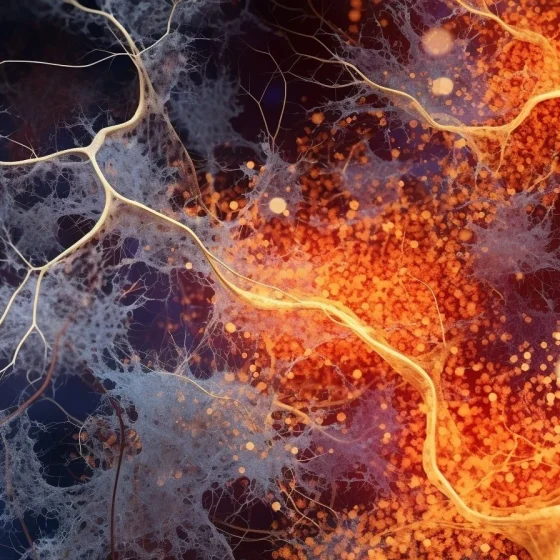Sciatica
Key facts Sciatica is a type of pain that starts in your back and goes down your leg. It can be caused by anything that presses on your sciatic nerve or its nerve roots in the spine. Most of the time, sciatica is not caused by anything serious and goes away with time. If you have symptoms of sciatica, see your doctor. You can try to prevent sciatica by exercising, maintaining good posture and lifting safely. What is sciatica? Sciatica is the name for pain that starts in your back and goes down your leg. It occurs when pain





